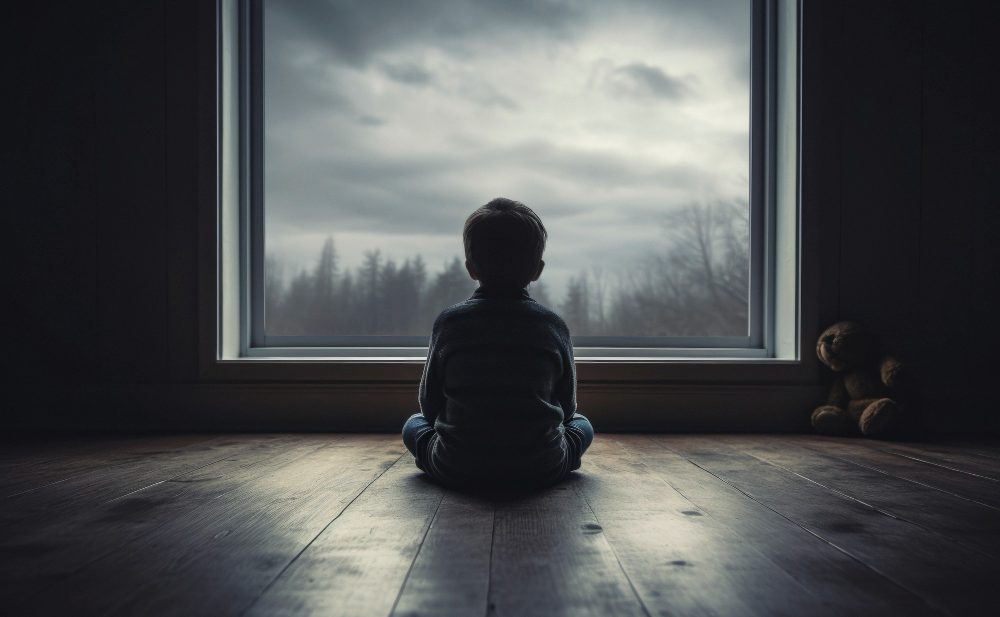- September 15, 2025
- by Harshita Bajaj
- Children, Trauma
The safeguarding of children against all forms of violence and abuse is a fundamental right enshrined in the Convention on the Rights of Children along with other international human rights treaties. However, exposure to violence and abuse continues to be a harsh reality for many children across the world.
Magnitude
Worldwide, nearly 1 billion children aged 2 to 17 years are subject to physical, sexual or emotional violence or neglect each year, with 3 in 4 young children experiencing physical punishment or psychological aggression on a regular basis. Sometimes, the most dangerous spaces for children are those that are supposed to be safe environments, most notably their home, where parents, relatives, who are supposed to provide care, are in fact the perpetrators.
Long-Term Impact of Early Trauma
Experiencing and witnessing abuse and violence at an early age can have profound and far-reaching consequences that go beyond the immediate and impact long-term well-being as well. Early life exposures to traumatic events also increases the likelihood of high-risk coping behaviors, unsafe sexual practices, substance use, and substance use.
Childhood Trauma and Mental Health
Almost every research in child psychology and mental health has shown that childhood trauma can be a major triggering point for mental health problems. These problems could manifest after the childhood trauma takes place i.e. during their formative years and persist into adulthood or it would just manifest in later years when same trigger points or same experiences and situations are faced by the individual.
Early experiences of abuse, neglect, bullying have often been associated with depression, anxiety, post-traumatic stress disorder, and substance abuse later in life. Research has also found that exposure to multiple types of trauma has been linked to higher rates of suicidal thoughts and suicide attempts. This is especially prominent in females who have faced some sort of childhood sexual abuse. They are more susceptible to attempting suicide and being prone to depression.
It has also been found that childhood trauma victims exhibit low self-esteem and experience depression and anxiety, many of them denying their trauma history, while some might create a false self-image and engage in alcohol and drug misuse in order to escape from the traumatic experiences impacting their lives.
What are Adverse Childhood Experiences (ACEs)?
ACEs are potentially traumatic events or circumstances experienced specifically during childhood (0-17 years). Examples of ACEs include:
- experiencing violence, abuse, and neglect,
- witnessing violence in the home or community,
- having a family member attempt or die by suicide.
It also includes aspects of the environment the child grows up in, such as where the primary caregiver might have substance use problems, mental health problems, instability due to a broken family, or instability due to household members being in jail or prison.
ACEs are extremely common, and about 64% of adults in the United States have reported to experience at least one type of ACE before the age of 18. Prevention of ACEs could potentially reduce many health conditions. Research has shown that preventing ACEs could reduce suicide attempts among high school students by 89% and feelings of sadness or hopelessness by almost 66%. ACEs can have lasting effects on health and well-being of the child, good and life opportunities well into adulthood. Education, job potential, risk of injury, sexually transmitted infections, involvement in sex trafficking are all possible outcomes of ACEs. They can have an impact on the immediate childhood well-being along with long-term adverse health and social outcomes.
Multiple Health Outcome Impact of Childhood Trauma
A team of scientists from the University of Aberdeen did a longitudinal study to understand how difficult childhood experiences can impact health at the age of 50 years old. They looked at 14 types of Adverse Childhood Experiences or ACEs including abuse, neglect, family conflict, bullying, financial hardship, and family innocence.
Most studies have reported a correlation between ACEs and single health issue. However, this current study is instrumental because it has analysed the relation between ACEs and a broad range of health outcomes rather than just a single health outcome.
Link between Childhood Trauma and Mental Health at 50
The research found out that adults who had experienced some sort of childhood adversity were more likely to suffer from depression, anxiety, and chronic pain at 50 years old. The team of researchers also found out that there was a relationship between the intensity and frequency of trauma with the impact on health. This means that the more the trauma experienced, the greater the impact of health at 50. For both males and females, severe pain and poor mental health displayed largest association with ACAs. In women, gastrointestinal problems, asthma, and bronchitis were associated with childhood trauma.
The study is critical to address not only mental health problems, but also health inequalities. This is a push for governments to do bold investment in locally personalized and evidence-based care to address the differences in social and economic factors.
FAQs
At North America Behavioral Health Services (NABHS), we help you get access to not only resources that improve your understanding of how childhood trauma might be impacting mental health in adulthood, but also connect you to experts who are experienced in trauma-informed psychotherapy. All you need to do is give us a call and we will get you in touch with mental health experts who will not only help you understand the current mental health status, but also the underlying cause and trauma that cause such experiences. They will help you deal and resolve past trauma to lead a more fulfilling present life.
















